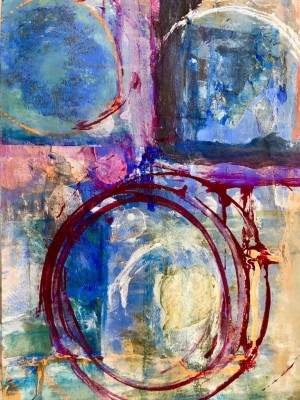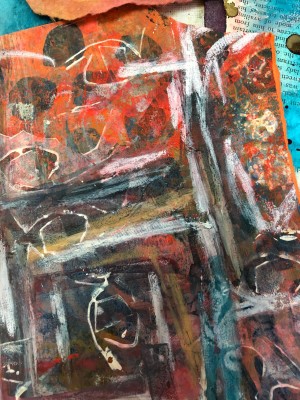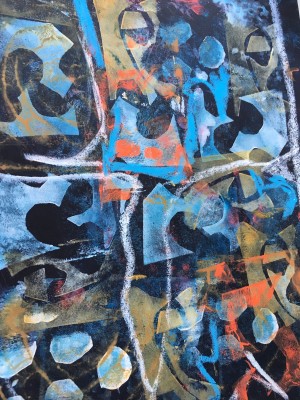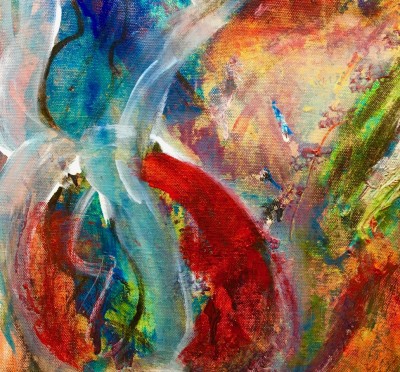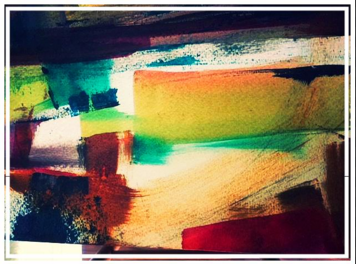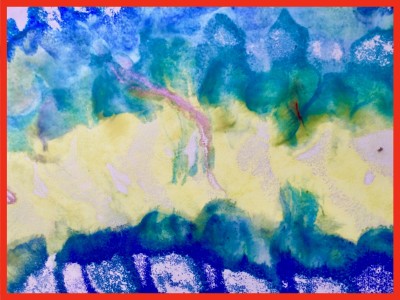Dear friends,
I am thrilled to be sharing Erin’s writings with you all. So many of you have expressed appreciation of her deep wisdom and her ability to express her process with the work with such clarity and depth. We continue here with a piece she wrote after one of her sessions. Before the session, she shared a poem with me about her life feeling like a mosaic with broken shards of glass. Here she reframes that image and it reflects her ability to integrate her illness story in a new way. I offer this to you all as a reflection of Erin’s deep commitment to her own healing.
Please continue to share your thoughts with us,
Janice
Through Body Dialogue, I was finally able to gain insight on how to bring grace to my own pain and to recreate a new mosaic. When I began working with Janice, I saw my identity as being made up of three interlocking circles— My Illness Story, My Culture Story, and My Career Story. I pictured them as three intricately painted serving plates, because my identity had always been about serving. I realized the key to making a new mosaic of my identity was to smash these plates, by challenging the narratives I’ve been told and rewriting my own stories. Then I will arrange the pieces into a bowl. A sacred container. Able to receive and not just give.
Janice’s instructions in my private sessions help me begin to cast the mold for my bowl. “Lie on your back and feel the weight of your skull, your sternum, and your sacrum. Drop your skull, your sternum, and your sacrum into the floor.” When I allow my breath to move through me like this, I notice how much softer the shape of my spine becomes. There are curves, like a bowl, instead of the flat rigidity of a plate. My spine feels held, like I am cradled just perfectly. This feeling invites the breath into my lungs, and now I know it is safe. Safe to be in my body. Safe for my mind, heart and guts to come home, to be truly present and integrated into a whole body. The weight of my skull invites my mind to be present in my body. The weight of my sternum lets my heart know it’s safe to open and expand. The weight of my sacrum rocking on the floor massages my guts into calm. I am no longer broken shards of a disjointed body. I am a whole vessel now, able to receive.
-Erin Panzella, Body Dialogue student




